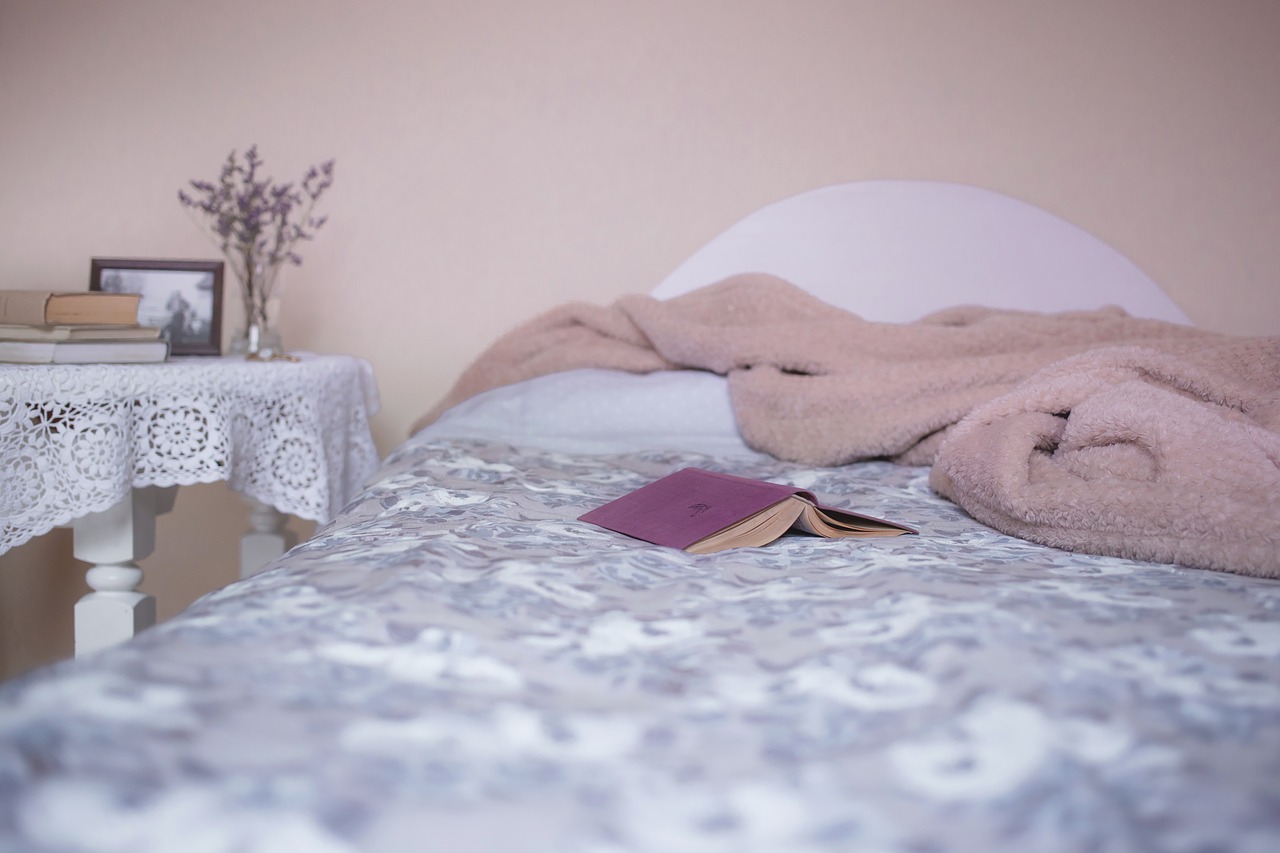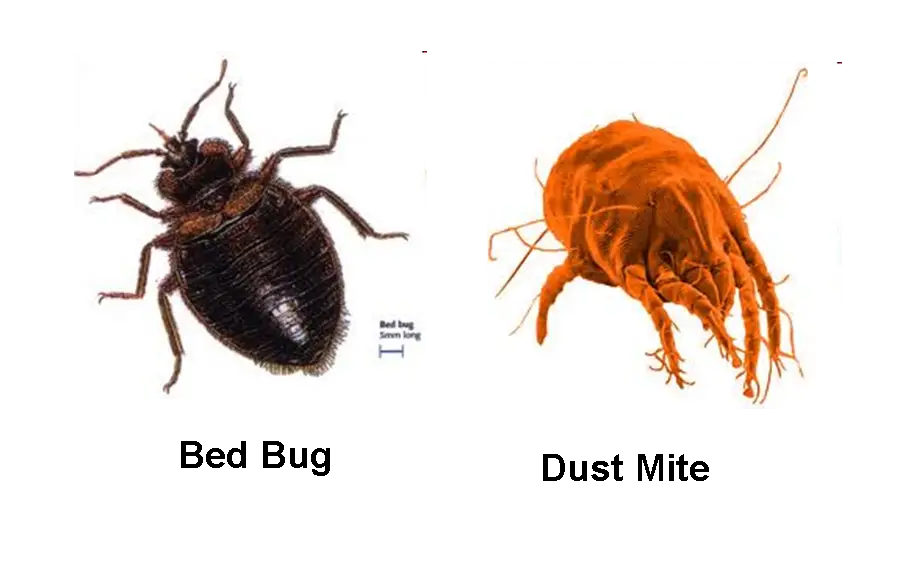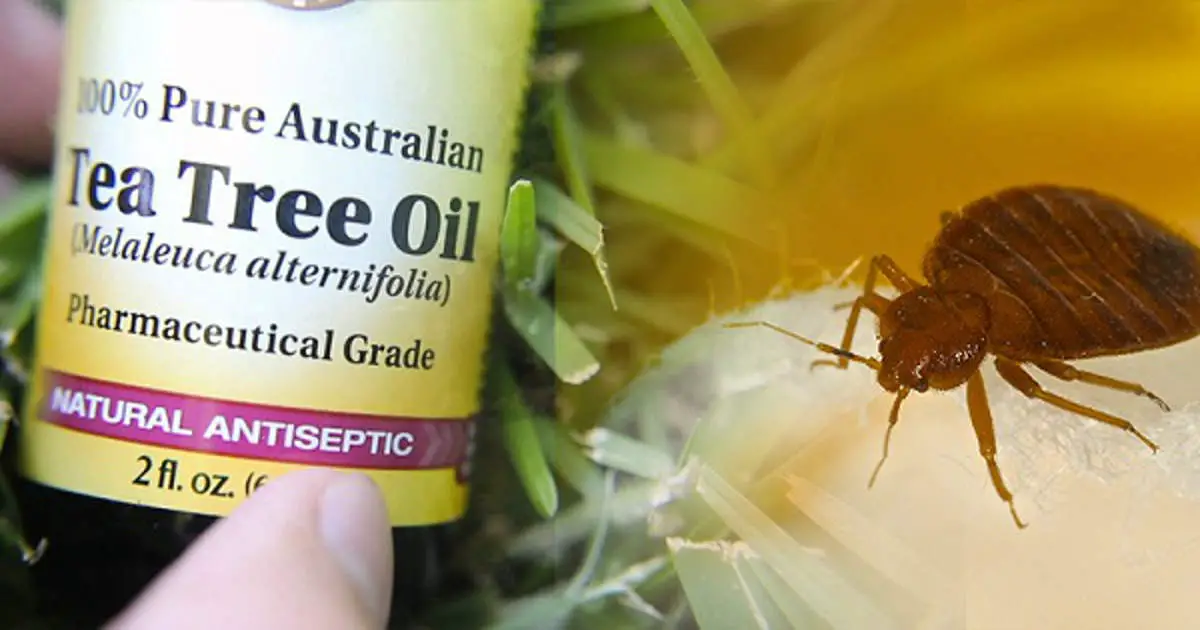Table of Contents
*This post may contain affiliate links. As an Amazon Associate we earn from qualifying purchases.
Bed bugs are far and away one of the most annoying pests to have in your home. Not only do the small insects bite, but they also are notoriously hard to remove.
Even so, you can quickly and efficiently deal with an infestation if you know the proper steps.
Though leaning how to get rid of bed bugs may seem hopeless, this guide will show thatdealing with them is something anyone can do.
The Proper Set Up

When learning how to get rid of bed bugs, the first step is to prepare the room or rooms where you found the bugs, as well as any spaces that share walls with the infested spaces.
To do this, remove any items in the room that can get damaged by sprays or that have already been treated, as well as paintings or art from the walls.
You should cover any items you plan to remove in sealed plastic bags to make sure no hidden bedbugs make it out and infest other parts of the house. You can also add in special items like prostrips as well.
Thoroughly check each item and go over them in great detail. Even one bug escaping from an infested room can start your problem all over again. You never want that to happen.
Treat Your Mattress

An important step of the preparation process is properly dealing with your mattress.
Dismantling your bed frame is always a good idea, as it will allow you to catch any unwanted hitchhikers still hiding out in cracks or crevices.
Then, treat your mattress with any bed bug approved aerosol spray by applying it directly onto the mattress (paying special attention to any seams or folds).
You can follow that up with an insecticide dust if you so choose, or you can put your mattress through a deep steam clean.
Bed bugs cannot handle heat, and steam is one of the most effective ways to make sure you take down any eggs you cannot see.
After you remove the mattress, it is also a good idea to stand up the box spring. Carefully shine a light through the gauze fabric to see if there is anything hiding inside. Check any rips or tears as well.
In addition, it is important to cover an infected mattress with a bed bug mattress cover before transporting it.
Cleaning Sheets And Linens
Once the mattress is taken care of, you next want to treat any infested sheets or bedlinens.
This process is rather straight-forward, but note that you cannot use traditional insecticide on your sheets. Rather, you have to wash them in the machine and then dry them on high heat (over 120 degrees Fahrenheit).
That heat mark is extremely important because, as noted, bugs or eggs can survive anything lower, even with a good wash.
The Power Of A Deep Clean

The next step when learning how to get rid of bed bugs is cleaning the infested area. This is one of the most key aspects because if it is not done properly it can lead to big problems.
Bed bugs are incredibly resilient, and all it takes is one or two to take over a room. You have to be incredibly thorough during the cleaning process and make sure to check any area, no matter how small or insignificant it may seem.
Do not just go over areas you think might have bugs, check everywhere. Remove drawers from desk or dressers and to carefully go over each and every piece of furniture. Pull couches, desks, and tables away from the walls and inspect the joints in the wood or construction.
It may be extra work to make sure everything is in order, but it sure beats having to deal with another infestation in a few months.
Scrub, Wash, And Vacuum
A big part of the cleaning process is actually getting down and doing the dirty work. Gather your favorite cleaning supplies and scrub all of your infested surfaces with a stiff brush. That will dislodge any eggs you cannot see.
Next, carefully go over each and every part of the room with a vacuum. Not only should you do the carpet, but you should go along the baseboard and corners with the hose attachment.
As bed bugs cling to surfaces, you want to scrape the end of the vacuum against the wall to dislodge any holding on.
In that same vein, avoid using bristle attachments for your vacuum because the insects can cling onto them.
Every time you change bags, throw them away in an outside trash can.
At-Home Insecticide

Once you’ve taken the necessary steps to clean the room, you next want to treat everything with chemicals.
Concentrated insecticide is available both online and in stores, and it will give you effective, long-lasting results.
You have several options to choose from, but any insecticide that specifically notes it works on bed bugs (such as Cyzmic CS) will work just fine.
[amazon box=”B0048F3JP6″ /]
Once you find a brand you like, mix it with water inside a pump sprayer according to the ratio listed on the product label. You can then spray that mix onto baseboards, in corners, beside bed frames, around windows and under furniture.
Just don’t spray haphazardly around the room. Though that may seem like it will give you the most coverage, it is much more effective to get down and carefully trace over any infested or potentially infested areas.
Aerosol Spray
Once the insecticide has fully dried (and only once it has fully dried) you next can use bed bug aerosol spray.
While aerosols are also insecticides, they differ from the above product because they contain fine particles that penetrate deep into cracks and crevices. Using them in addition to regular insecticide makes it so that you can attack bed bugs on two fronts.
There are many kinds of bed bugs out there, and you never know what type will be in your home. While a product may work on some, others may be resistant. Using multiple insecticides fixes that.
Bed Bug Dust

The final spray you should use when getting rid of bed bugs is a bed bug dust insecticide. This typically comes after both the traditional insecticide and bed bug aerosol because it goes a long way towards ensuring your room stays clean.
The dust is simply a powder form of insecticide that works wonders in combination with the above methods.
It is slow kill and does a great job of filling in any cracks or holes you may have missed during your cleaning process.
This is a great final step to the process because, not only will it help you get into hard to reach spaces that some sprays miss, but it will also last for months or years.
You can apply it in different ways, but the easiest is with a duster.
Cleaning The Hard To Reach Places
Though you may think you’ve covered each and every inch of a room, it is easy to overlook a small area here and there.
To ensure those mistakes don’t happen, you should always pay special attention to the folds and creases in your furniture, your baseboards, and any pictures that were hanging on your walls.
Every single item removed from an infested room should be inspected, and it helps to take special note of the places listed above simply because they are the easiest to miss.
The corners of paintings or the space where a baseboard meets a wall may not seem like a proper hiding spot, but the pesky insects can lay their eggs anywhere.
If you see a space where you think the bugs might be, spray it just in case. That takes very little time and saves you a lot of potential headaches.
Repeat, Repeat, Repeat

The final, and perhaps most important, step of dealing with a bed bug infestation is making sure you repeat all of the above steps as time goes on.
Bed bugs are extremely hard to deal with because they are incredibly resilient. One spray may seem like all you need (especially if you’re incredibly thorough) but more often than not it won’t be enough.
You should expect to spray or treat all parts of an infested room (except a sealed mattress) every 7 to 10 days until there is no more evidence of the bugs.
Even if you cannot see the insects, finding signs of them means you need to apply more insecticide.
Bugs Be Gone
Anyone can learn how to get rid of bed bugs. People often hand out infestation jobs to contractors, but that can be expensive and, as shown in this guide, altogether unnecessary.
There is no doubt the pests are hard to deal with, but that does not mean you should simply give up hope.
All you need to do is follow the above steps in order and, with a bit of elbow grease and hard work, you’ll claim your home or room back in no time at all.

